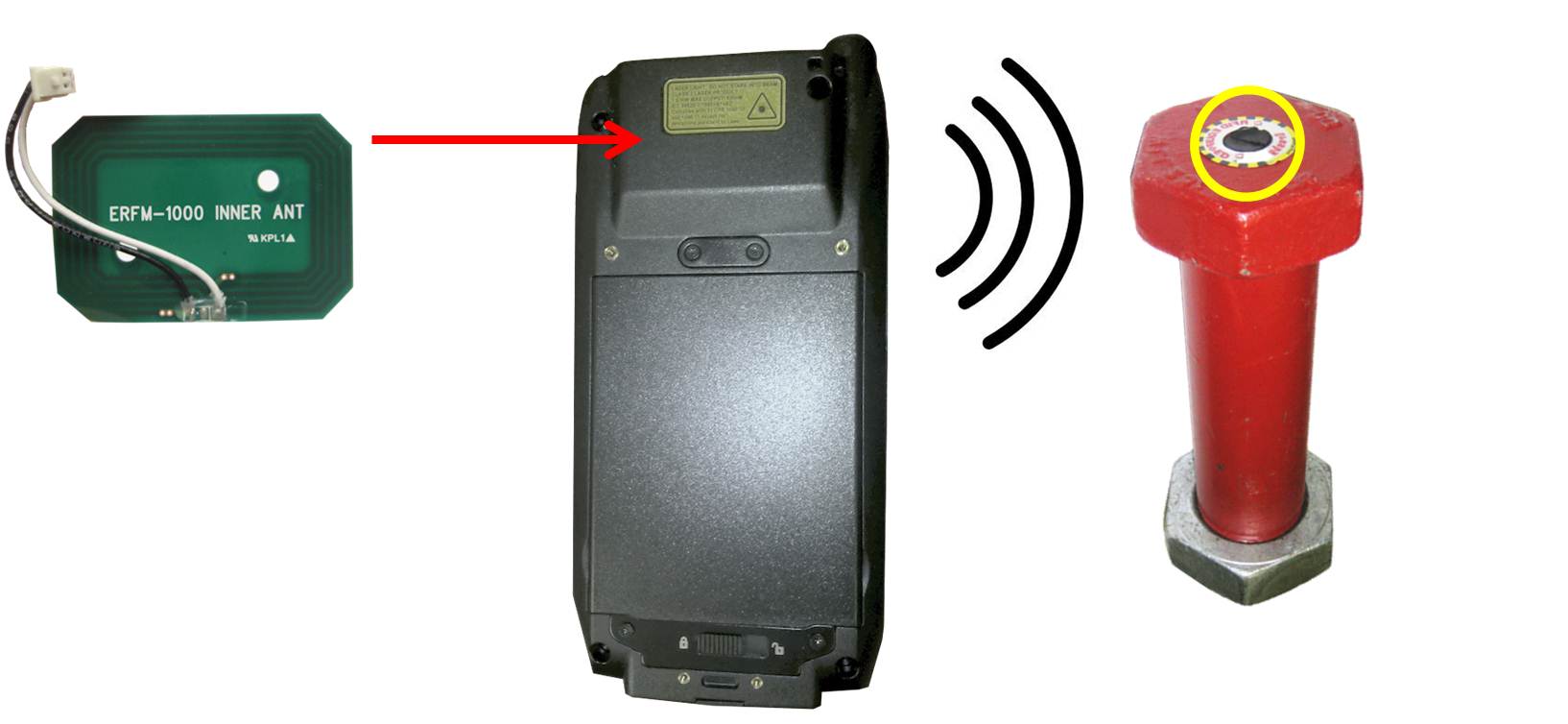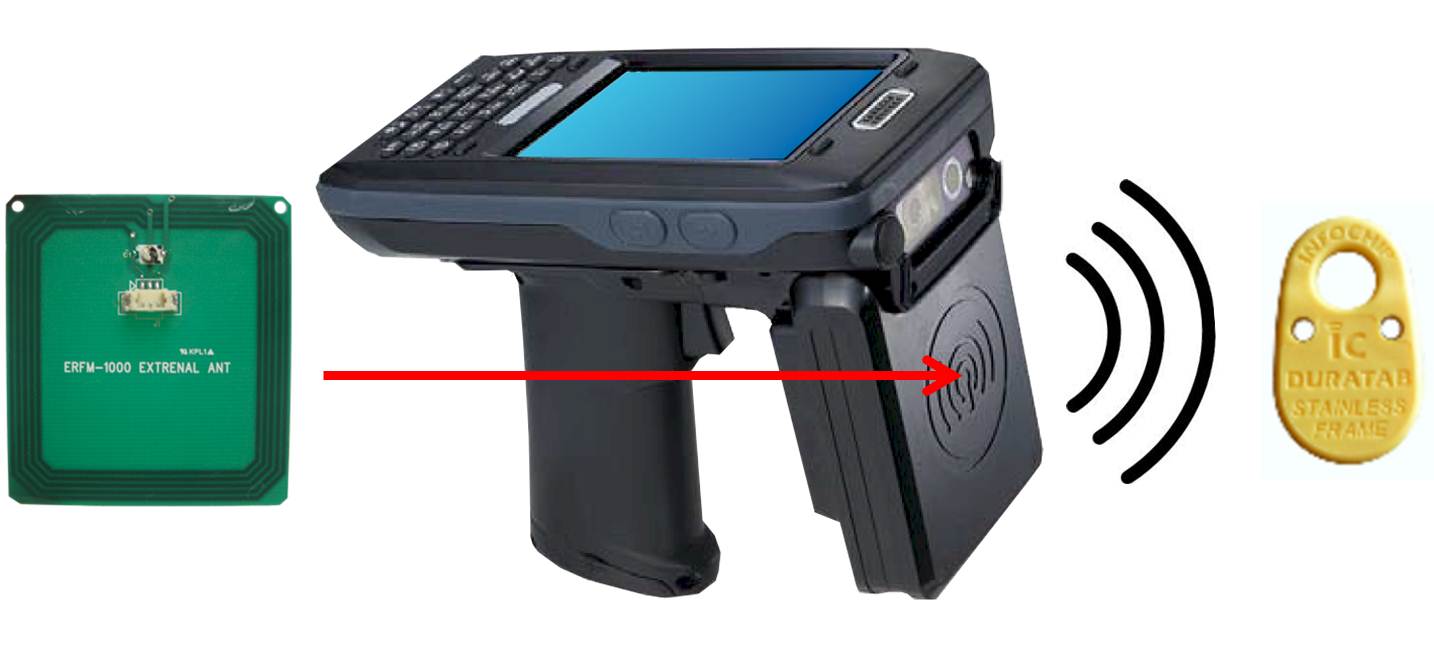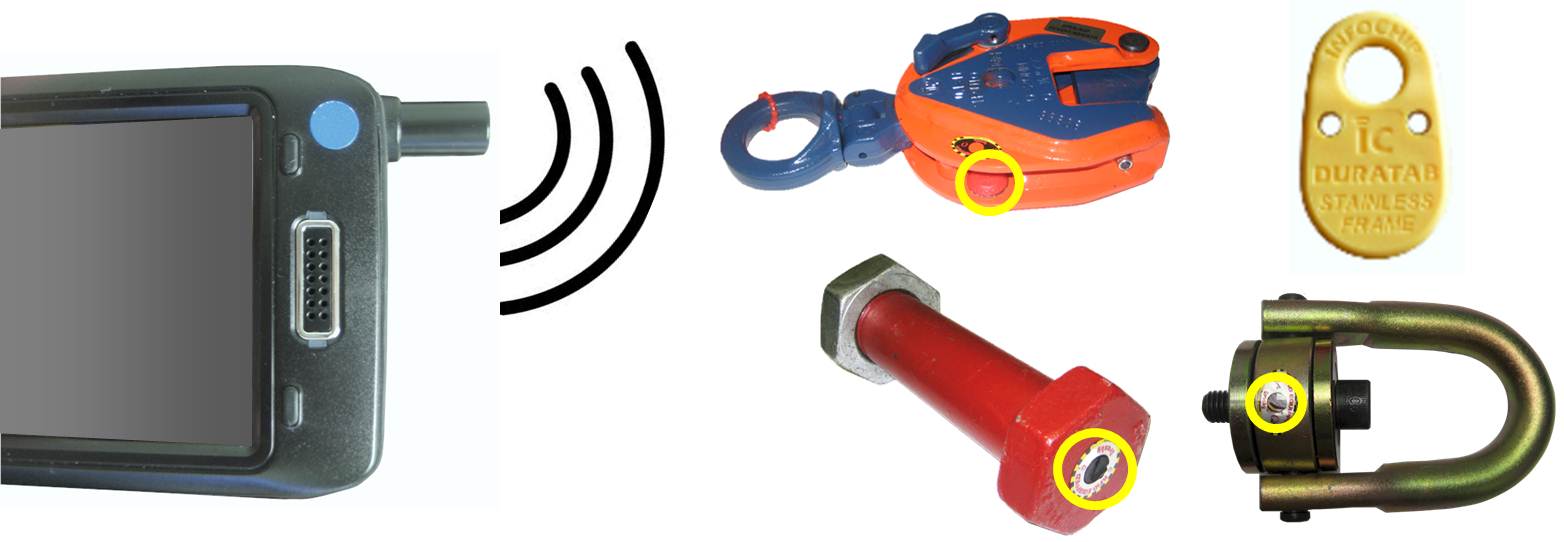A client recently brought an interesting challenge to the Telaeris team. They wanted to use our software to track check-outs and locations of RFID-tagged items for inspection purposes. These tags were built into heavy-duty rigging equipment by the Crosby Group and inspections were tracked using their patented system. There was one big catch – all of the RFID tags were either partially or completely embedded in metal. For the RFID buffs out there, you already know this is a challenge. Much like a metal elevator will cut off your cell phone calls, the presence of metal can often make tags unreadable.
The Challenge
The tags were ISO 15693 asset tags which we had used before for other projects, but we had never tried reading tags like this that were actually inset into metal bodies. These Crosby guys knew what they were doing – the tags embedded into the metal of their products were nearly indestructible. These types of tags generally have a fairly short range, so our goal was to find a balance of range and functionality using our reader.
Using our Standard Reader
The standard handheld reader we provide from SmarTerminal can be configured with an appropriate RFID reader with its antenna built into the back of the device, so we tried that first. This reader worked well for tags that were flush with the metal and easily accessible. However, some of the tags were placed inside the metal housing of the equipment, rendering them absolutely unreadable. We just couldn’t get this antenna close enough – the reader body kept getting in the way.

Using a Larger Antenna
Next, we tried a larger, more powerful antenna that we installed into the gun version of our handheld. For free hanging tags, this increased the read range significantly, which we thought would be a significant benefit. This larger antenna also allowed us to read some tags where metal parts were in the way of the reader. The problem with this option was that the flush-mounted chips now became unreadable.

The Solution
Back to the drawing board we went. After the customer had used both of these versions, an off-hand comment was made to us by the individual who actually performed the inspections.
“I don’t care if I have to touch the RFID tag – it just has to read!”
Wow! What we had identified early on as a requirement – good read range – did not matter at all to him! With these words, we had a direction to proceed and knew how we were going to solve this problem. To start, we ordered more than a dozen free sample potential antenna candidates from the friendly folks at CoilCraft.

After identifying the best match for reading all the tags, we customized the handheld reader by building a new antenna mount, attachment, and case in our lab. By having the antenna in a protrusion from the reader, it could be stuck inside those difficult to reach metal parts. By touching it to the flush metal mounted and lanyard tags, those were easily read as well. Our only sacrifice was range, but as it was required to physically inspect the items before check-out this turned out not to be a concern. We now had a perfect solution!

As a nice closure to this project, we sent our modified reader to the tech guys at Crosby and they were kind enough to validate that it was able to read every one of their tags.
By David Carta, Telaeris CEO & Liz Womack, Telaeris Marketing Analyst
Comments are closed.